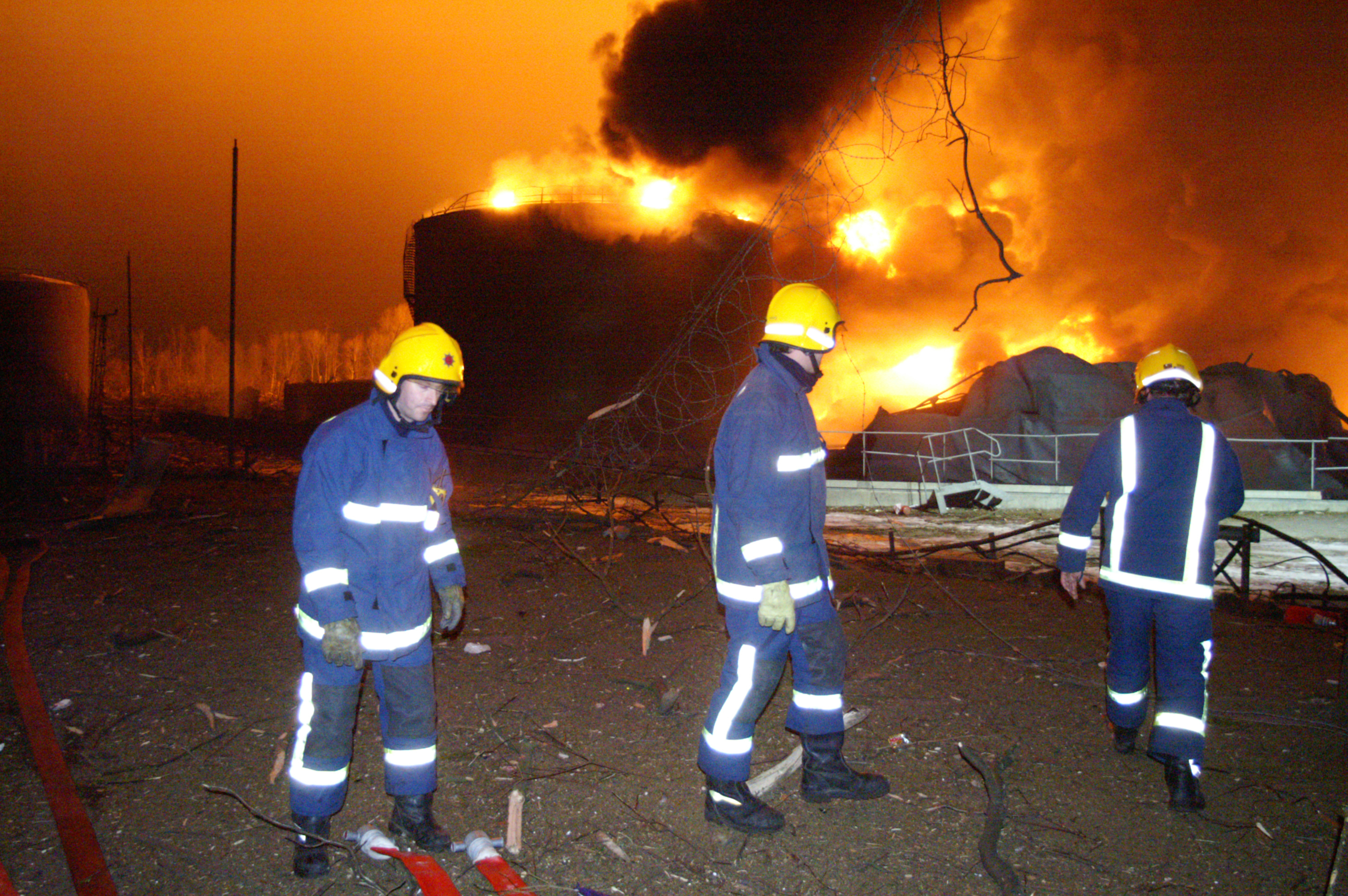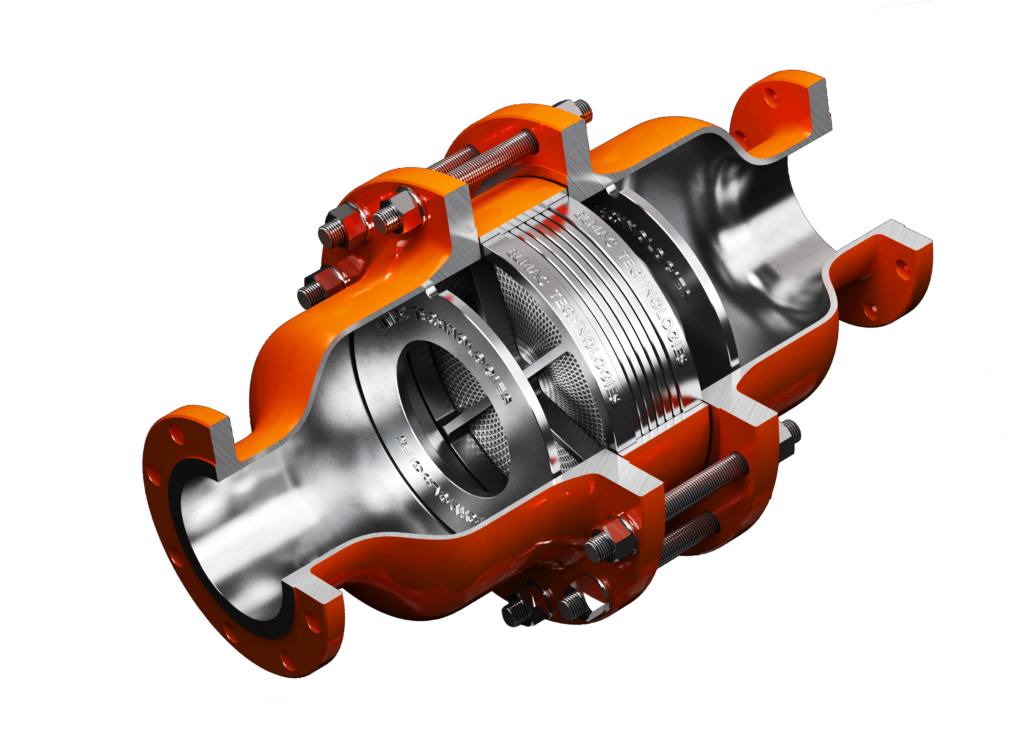The Buncefield explosion occurred at one of Europe’s largest fuel storage facilities on December 11th, 2005. It was caused by a fire at an underground storage tank containing aviation fuel. The resulting blast destroyed the oil depot in Hertfordshire, England, causing millions of pounds worth of damage and injuring dozens of people.

Environmental Impact
The Buncefield explosion had a huge environmental impact. The area around the site was evacuated, and many people were left without electricity or gas for many weeks.
The explosion also caused damage to air quality in the surrounding areas. A cloud of toxic chemicals was released into the air, resulting in respiratory problems for many nearby residents.
The blast also caused water contamination due to oil spilling into local rivers and streams; this has led to concerns about the contamination of drinking water supplies and fish populations being affected by toxins in these waterways.
Economic Impact
The explosion had a devastating impact on the local economy of Hertfordshire. The multi-million pounds clean-up process was paid for by insurance companies and government bodies such as The Environment Agency.

The Buncefield site was closed for over two years whist investigations took place and the necessary repairs were made; this led to a loss for local businesses that relied on passing trade from motorists using the nearby A1 motorway or passing through Hemel Hempstead town centre.
Health Impact
The health impact of the Buncefield explosion is extensive. The mental health impact was immediate and continued for years after the event. Many people have post-traumatic stress disorder (PTSD) and other psychological conditions due to witnessing such an intense event. Some people were so traumatised by what they saw that they never returned to work.
The physical health effects were also significant with many people developing respiratory problems such as asthma or chronic obstructive pulmonary disease (COPD) due to inhaling toxic fumes during the explosion or when cleaning up debris from their homes and businesses. Additionally, many residents experienced headaches or nausea after breathing in smoke produced by burning fuel leaking out of ruptured tanks at the site – a phenomenon known as « vapour clouding ».
Prevention of Future Explosions

The Buncefield explosion was a devastating event that could have been prevented. The first step in avoiding future explosions is to enforce industry regulations and safety protocols in the many installations globally where this is not currently the case.
API Standard 2000 mandates that storage tanks with a flammable vapour space require protection from the external environment. Section 145 of HSG 176 suggests that Flame Arresters should be installed at the vent outlet to prevent flames from spreading into the tank. Regular maintenance is recommended to avoid blockages, and Flame Arresters should be incorporated into a planned preventive inspection scheme.
About Elmac Technologies
Elmac Technologies is the world’s leading manufacturer of Explosion and Pressure Protection Equipment. Our Flame Arresters and Pressure and Vacuum Relief Valves help you stay compliant with industry standards, ensure the safety of your employees and your facility, and protect against potential disaster.
Ready to protect your assets and prioritise safety? Contact Elmac Technologies today to learn how our innovative solutions can help you achieve your safety goals.
